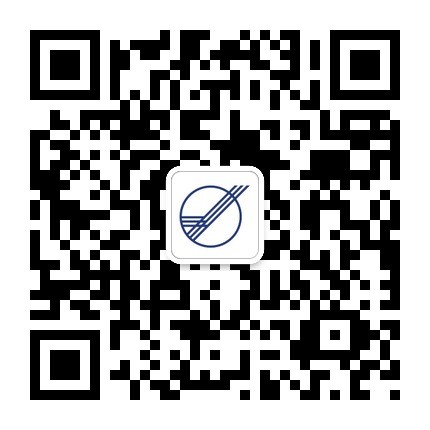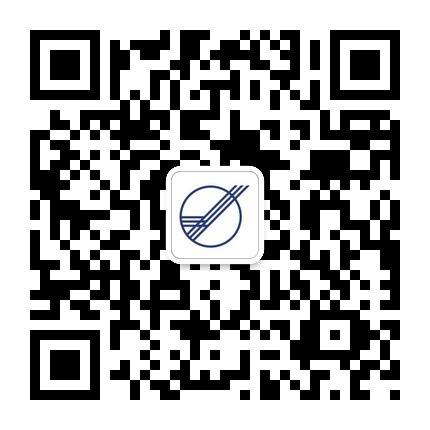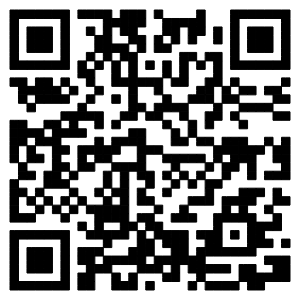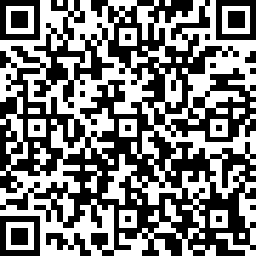
 {{_.$tools.formatDate(item.publishTime, 'yyyy-MM-dd')}} {{item.title}}
{{_.$tools.formatDate(item.publishTime, 'yyyy-MM-dd')}} {{item.title}} 
ICAO recognizes Macao’s efforts in enhancing aviation safety

ICAO recognizes Macao’s efforts in enhancing aviation safety 2009-10-06
Safety is the fundamental for the operation of aviation activities. Ensuring the life and properties of air travelers is the most essential responsibility of any aeronautical authority. To fulfill this, safety oversight is considered the core of all safety management. Since the handover, the Civil Aviation Authority of Macao SAR (AACM) has always dedicated itself to enhance aviation safety by endeavoring to improve Macao aviation legislation and regulations to make them consistent with the Standards and Recommended Practices of the International Civil Aviation Organization (ICAO). To assess its safety oversight capabilities, Macao participated in ICAO’s Universal Safety Oversight Audit Programme (USOAP) respectively in 2001, 2004 and 2009 and received positive audit results. The interim report of the audit in 2009 indicated Macao’s effective implementation of safety oversight to be 83.35%, which is above the global average of 58.05%.
AACM strictly conducts safety oversight
During the past ten years, the tremendous growth of our economy has led to the rapid development of our aviation. Airlines, maintenance organizations and airport operators no doubt are the key entities involved in the development of safety. Despite this, the aeronautical authority is empowered with the responsibilities of a regulator. And being the regulatory body in Macao, AACM dedicates itself to guarantee the safe operation of the local industry.
Aviation is a specialized, technical and highly regulated business. In the aspect of safety oversight, AACM carries out its oversight of the flight operations and the maintenance systems of the operators as well as the operation of the aerodrome facilities, and conducts the inspection of the capacity of the technical personnel, on a regular basis, making sure that they comply with both the Standards and Recommended Practices of ICAO and the Macao aviation laws and regulations.
AACM ensures that all their staff are professionally trained to carry out inspections and are fully armed with the adequate knowledge and expertise to assess circumstances. Since its establishment, AACM continues to provide both local and overseas training to their inspectors every year and enroll them in seminars and workshops organized by ICAO for exchange with participants from other parts of the world in order that they can be well equipped with the knowledge of the constantly changing technology in international aviation. In addition, AACM provides training courses to the local operators to help them better understand Macao aviation laws and regulations so as to increase their awareness in the importance of safety and therefore enhance safety level.
Macao participated in USOAP with results indicating its effective implementation of safety oversight to be above global level
ICAO launched USOAP that entails mandatory audits in its 190 Contracting States with the objective of assessing States safety oversight systems, promoting the compliance with the Organization’s Standards and Recommended Practices, helping States to respond better to safety threats, and eventually enhancing safety on a global level.
Being a part of China, Macao is not a direct member State and was not requested to take part in the audit participated by China in 2007. Despite this, striving for the same objective above, AACM initiated its wish to ICAO for participation in USOAP, which was accepted.
USOAP in 2001 and 2004 (individual annex approach)
Macao participated in the initial audit in 2001 which adopted the individual annex approach, i.e. the scope of which only focused on 3 Annexes of the Convention on International Civil Aviation, namely personnel licensing, operation of aircraft and airworthiness of aircraft. The audit was to check the implementation of these 3 Annexes based on the 8 critical elements of a State safety oversight system comprising 1) legislation, 2) regulations, 3) organization, 4) technical staff qualification and training, 5) technical guidance and tools, 6) licensing, certification and approval, 7) continuous surveillance and 8) resolution of safety concerns, which were defined in ICAO’s Safety Oversight Manual.
The initial audit report of Macao showed that its effective implementation of safety oversight was above the global average. Following this initial audit, AACM has then endeavored to carry out its corrective action plan. The result of the audit follow-up that Macao took part in 2004 indicated a big improvement in its effective implementation compared with that in the initial audit.
USOAP in 2009 (comprehensive systems approach)
In March 2009, Macao participated in USOAP using the comprehensive systems approach. The scope of the audit covered the 16 safety-related Annexes of the Convention on International Civil Aviation, including personnel licensing, operation of aircraft, airworthiness of aircraft, air traffic services, search and rescue, aerodromes, accident and incident investigation, aeronautical information services and so on, based on the same 8 critical elements of a State safety oversight system as mentioned above.
ICAO published the interim report of Macao in July. The result indicated that the effective implementation of Macao’s safety oversight system is 83.35%, higher than the global average of 58.05%. Please see Graph 1.
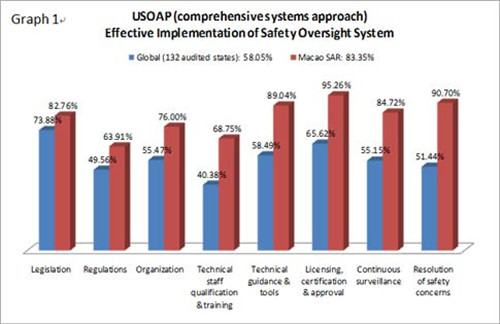
Despite this, the interim report also pointed out the areas in which Macao needs improvement and the recommendations from ICAO on improving these issues. In response to this, AACM has then submitted a corrective action plan to ICAO, specifying the measures to be adopted, the completion date and the responsible parties.
ICAO will publish the final report of Macao in this December.
Looking forward, AACM will continue to cooperate with the industry to create a safe and reliable environment for air travelers, while constantly maintaining their stated values of integrity, responsibility, professionalism, and teamwork.
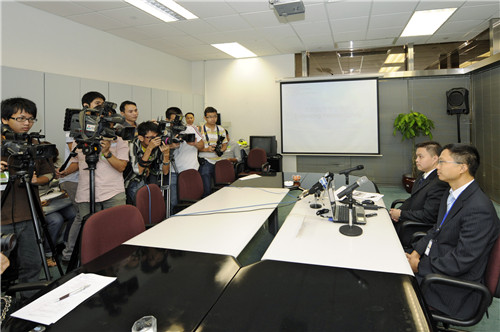
Civil Aviation Authority introduces the development of aviation safety in the past 10 years and the "Universal Safety Oversight Audit Programme".
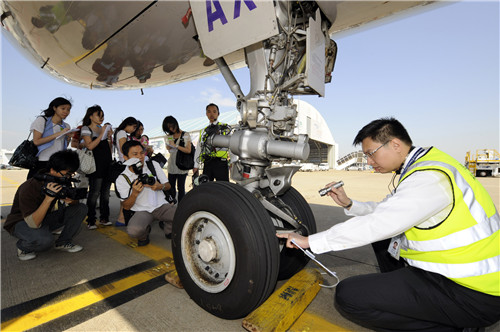
Demonstration of a simulated ramp inspection by AACM inspector.
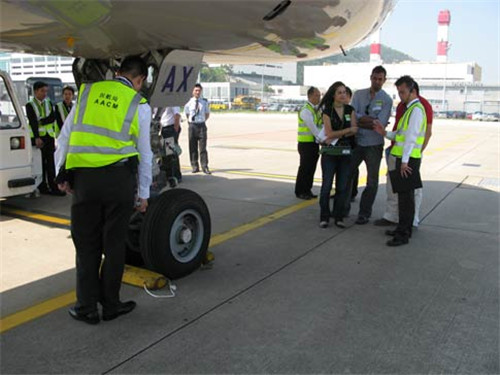
Explanation of a simulated ramp inspection by AACM inspector.















